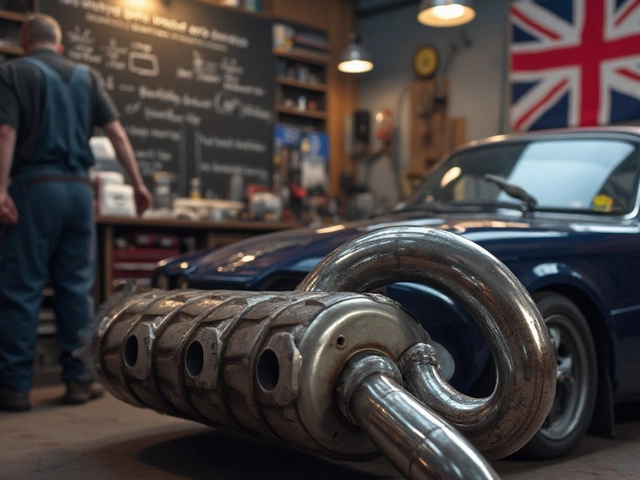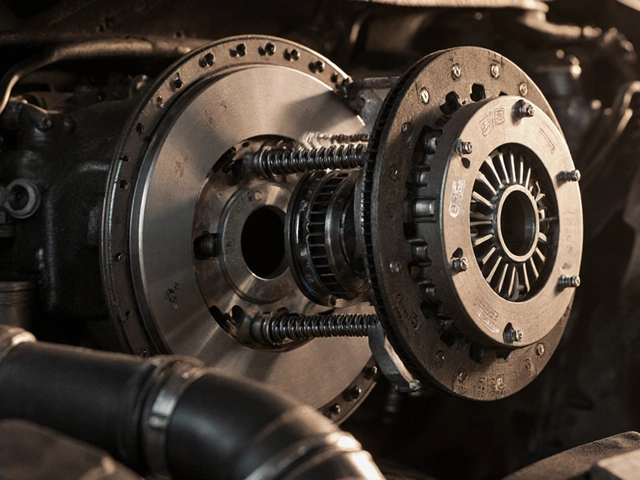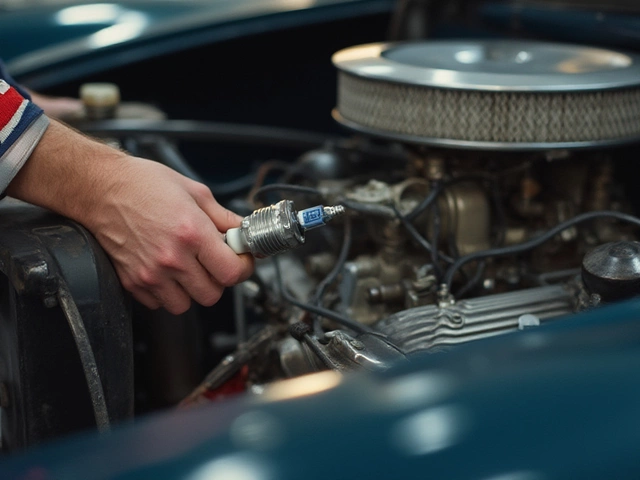Bad Fuel Pump Symptoms: What Your Car Is Trying to Tell You
If your car feels a little off, chances are the fuel pump might be the culprit. A bad fuel pump won’t always give you a dramatic breakdown; it usually shows up as small, annoying problems that get worse over time. Spotting these signs early can save you a pricey tow and keep you on the road.
Common Symptoms of a Bad Fuel Pump
Hard starting or no start at all – When you turn the key and the engine cranks slowly or refuses to fire, the pump may not be delivering enough fuel. This is one of the first red flags.
Engine sputters or stalls – If the car stalls at idle, during acceleration, or right after you press the gas, the pump could be faltering. You might notice a jerky feel or a sudden loss of power.
Loss of power under load – Climbing a hill or passing another car feels like a struggle. The engine seems to choke because the pump can’t keep up with demand.
Whining noise from the fuel tank – A high‑pitched whine that changes with engine speed often points to a worn pump motor. It’s a sound you can usually hear from the rear of the vehicle.
Fuel smell – A strong gasoline odor around the vehicle, especially near the rear, may indicate a leak in the pump or fuel lines caused by pump failure.
How to Test Your Fuel Pump
Before you book a mechanic, you can run a few simple checks at home. Make sure you have basic tools: a fuel pressure gauge, a screwdriver, and safety gloves.
1. Listen for the pump – Turn the key to the “on” position without starting the engine. You should hear a soft hum for a couple of seconds as the pump primes. No sound? The pump might be dead.
2. Check fuel pressure – Connect a fuel pressure gauge to the fuel rail (refer to your car’s service manual for the exact port). Normal pressure varies by make, but most cars sit around 40–60 psi. Low pressure means the pump isn’t pushing enough fuel.
3. Inspect the fuel filter – A clogged filter can mimic pump problems. If the filter is dirty, replace it first; a clean filter often restores proper flow.
4. Look for fuel leaks – After the car has been sitting, check the ground for wet spots. Any puddle of gasoline should be taken seriously and repaired immediately.
If any of these tests point to a weak or non‑functioning pump, it’s time to replace it. While some DIYers can swap a pump, most people prefer a professional because the fuel system is pressurized and can be hazardous.
Remember, a failing fuel pump doesn’t always give a single symptom. Keep an eye on all the clues listed above, and don’t wait until the car stops dead. Early detection means cheaper repairs and a smoother ride.
 28 July 2025
28 July 2025
How to Test a Bad Fuel Pump: Signs, DIY Diagnostics, and Fixes
Learn how to test for a bad fuel pump with practical steps, key symptoms, and helpful tricks to save you time and money at home.






0